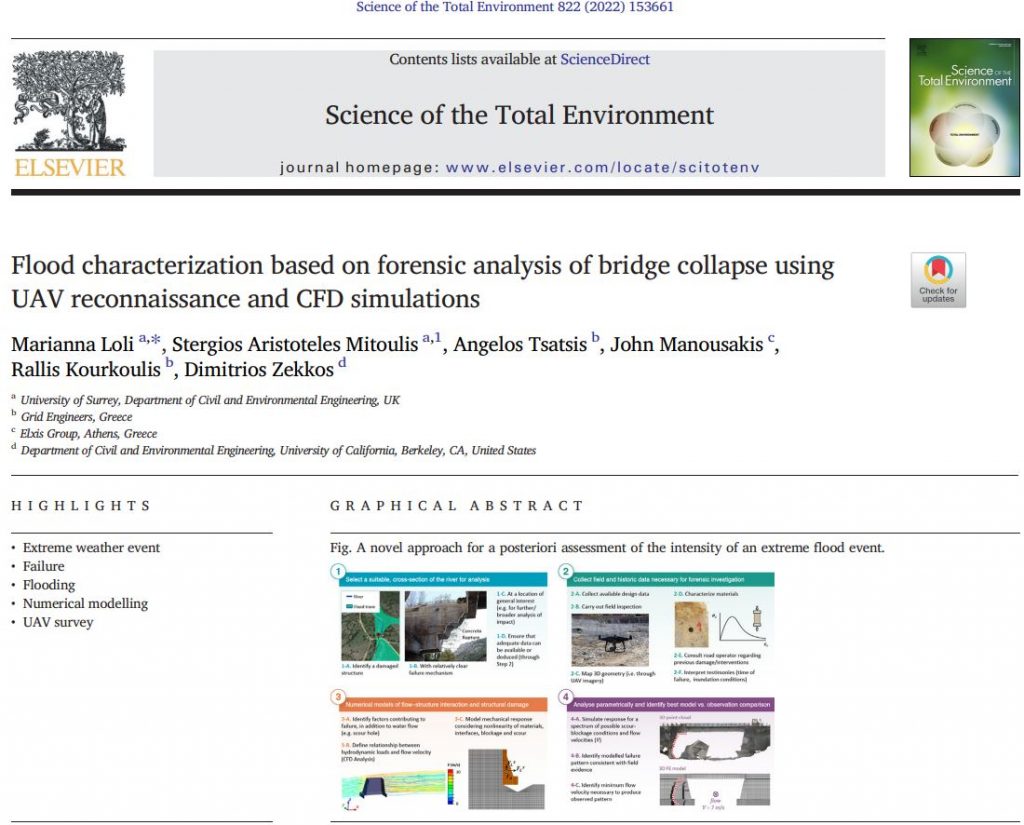Medicane Ianos – the Mediterranean Hurricane said to be formed due to climate change – has very recently caused extensive damage and devastation in Greece. To date, we had very little information regarding the intensity of this unprecedented natural disaster that was manifested with sequential flash floods having a knock-on effect on the regional infrastructure leading to the devastation of vulnerable communities.
And like as if this was not enough, a few months later an earthquke stroke the same area to bitterly prove that multihazard natural disasters are there to stay, agonise people and mock scientific models.
When I was writing a paper one year before, in 2020, on multihazard resilience of infrastructure (see https://lnkd.in/dCpzTBX7) in the Science of Total Environment I was thinking “a flood and an earthquake – this is a very unlikely scenario – not in our backyard” but I was terribly wrong! This happened one year later and very limited access was possible to the devastated area, due to another -health this time- hazard COVID19, with draconian travel restrictions.
Perhaps if it wasn’t for Marianna Loli, the paper “Flood characterization based on forensic analysis of bridge collapse using UAV reconnaissance and CFD simulations”
would have never been published and we would have just witnessed this disaster without knowing “why this happened”. But it takes an engineer with perseverance, a forensic investigation, emerging technology (UAV-photogrammetry), and advanced engineering modelling to find out the cause of such a catastrophe. And if this happens again, we have pointclouds of the critical assets to swiftly make decisions and reinstate the functionality of the infrastructure but -most importantly- help the local communities to bounce back normality and make them feel safer and happier.
Paper is available online, free download here until the 31st of March: https://lnkd.in/eG3ayGz6

